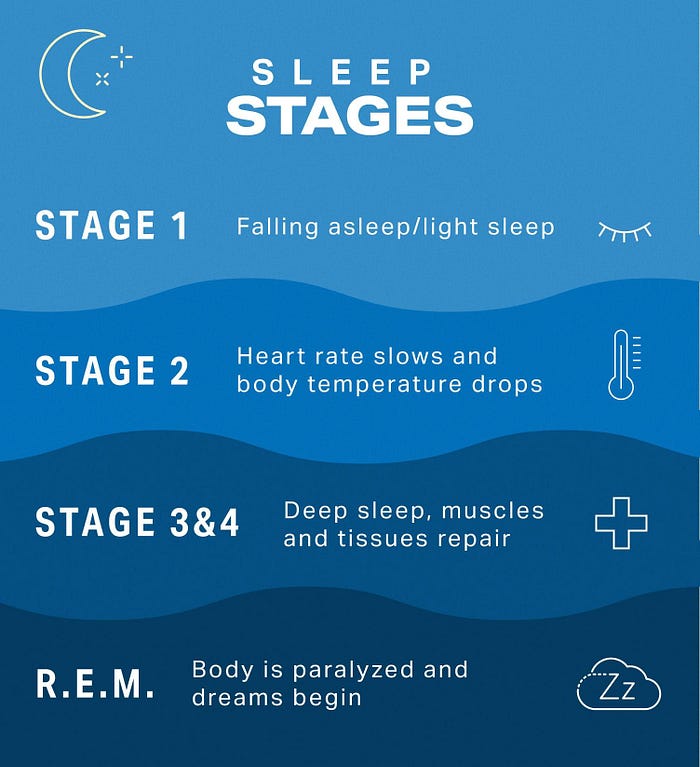The Science Behind Dreams: How and Why do We Dream?

Dreaming is an incredibly crazy and abstract concept; a person sleeps and all of a sudden a storyline of absolutely anything plays in their head ever so vividly. The brain visualizes so deeply that a dream can have us either waking up in sweats gasping, or waking up and trying to continue the dream by falling asleep. It’s strange that we tend to forget our dreams rather quickly too. The brain is largely misunderstood and complicated , and to this day scientists only understand a fraction of what the brain is capable of and how it operates. However, there is enough study to outline the basics of the science behind dreams.

How does the brain dream?
The parts of the brain are all active when a person is dreaming, and it largely correlates with the sleep cycle. Dreaming occurs when a person is in the last stage of the cycle called the rapid eye movement stage, or REM for short. This is the stage where the sleep is the deepest, and as stated in the name, the eyes actually move in random directions. Essentially, deep sleep is the most vital stage because the brain is processing memories and organizing visual stimuli. While this is happening, a part of the brainstem is responsible for ensuring that the muscles are temporarily paralyzed so that a person does not actually act out or react to what is going on in their dream. The cortex of the brain fires neurons in all areas of the brain while piecing together fragments of memories which is why dreams feel extremely realistic, since signals are being fired from the visual and auditory cortexes and they recreate the whole experience all over again. Likewise, our dreams can feel like they go on for hours, but they typically only range from a few minutes to almost an hour.

Why do we dream?
Part of dreaming as mentioned earlier, is to store and organize memories. The brain likes to keep clutter out, which is why a lot of memories are forgotten because they are deemed to not be useful. The subconscious tends to replay certain thoughts, or a person that the person has been thinking about often, any worries, stress, and strong emotions associated with experiences. This is why people with PTSD consistently have to deal with bad nightmares because the brain is trying hard to cope with the trauma and make sense of what the person went through.

n addition to the biological role of the brain during dreams, many psychologists have proposed many theories about the meaning behind the content of someone’s dreams. For instance, a lot of people end up sharing a common theme in their dreams, like dreaming about your teeth falling out is supposedly linked to anxiety regarding miscommunication, self esteem. If someone is constantly being chased by something, they could be trying to avoid something in particular in reality. Dreams have also been significant to people with a spiritual mindset. However one perceives dreams, it is difficult to come to a definite conclusion because studying and experimenting these hypotheses are hard to carry out. Is there an actual meaning behind dreams, or is it just a coincidence?
While this is a very general, brief explanation of debunking the logistics of dreaming, it is no doubt that just the fact that the brain is able to dream is bizarre. The feeling of relief after having a bad dream knowing that none of it is real, is unmatched. Everyone loves to hear about a crazy dream someone had, so they are in fact great conversation starters. The next time you have a dream, try and see if there could be a reason for it, many creative ideas also arise from dreams!
Iffah Shaikh is currently in her first year at McMaster university, enrolled in the Bachelor of Health Sciences program. She lives in Cambridge, ON, but grew up in Oakville and Milton. She aspires to go to medical school, and become an ER doctor or a specialist of some sort in the future. Her past-times are going outside and playing sports or bike riding, watching Netflix, reading books, and making videos and memes of her friends. Some new hobbies she wants to try and start doing more of is trying out new makeup looks, cooking new dishes, and drawing.
